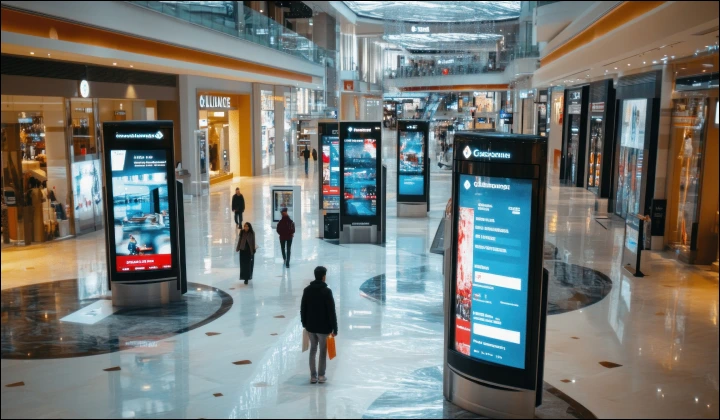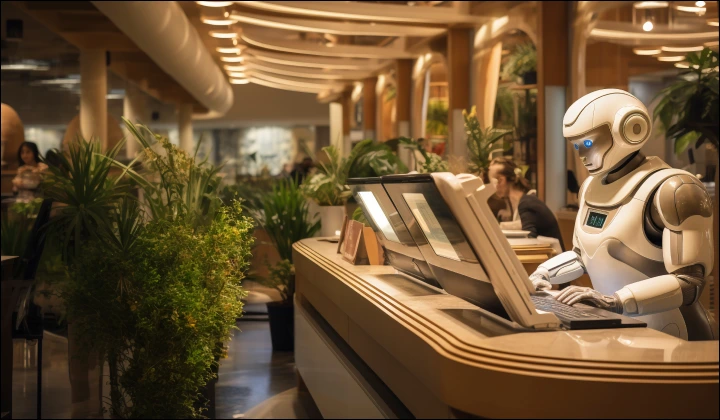Walk into a modern retail store today, and you’ll see smart shelves that alert staff when inventory runs low. You’ll see cooling systems adjusting in real-time to foot traffic. You’ll see handheld devices showing exactly where a product is.
That’s retail, connected. And it’s happening through IoT.
Across North America, retailers are putting real investment behind these kinds of changes. According to Grand View Research, the retail IoT market in the U.S. alone is expected to grow at over 26% CAGR through 2030.
However, no one deploys IoT just to keep up. They bring it in when it directly solves a business problem, whether that’s reducing shrink, improving customer experience, or gaining better control over logistics.
So, let’s break this down clearly: When to use IoT in retail, where it fits best, and how to roll it out without breaking flow or budget.















 10 mins
10 mins











 Talk to Our
Consultants
Talk to Our
Consultants Chat with
Our Experts
Chat with
Our Experts Write us
an Email
Write us
an Email





